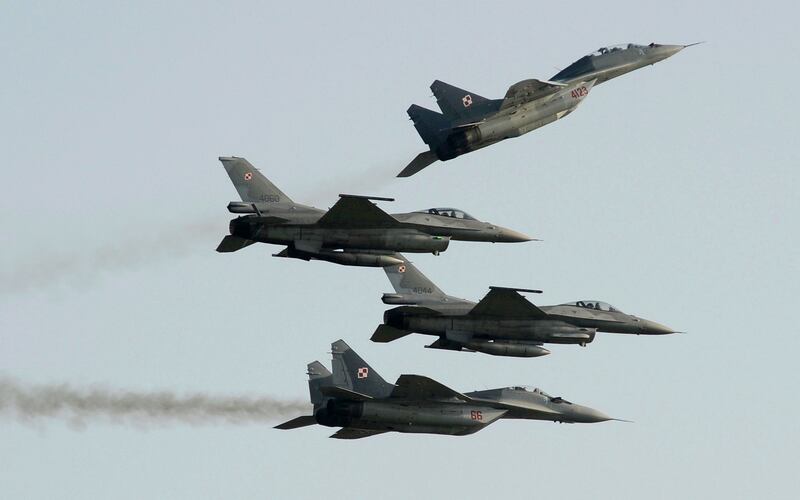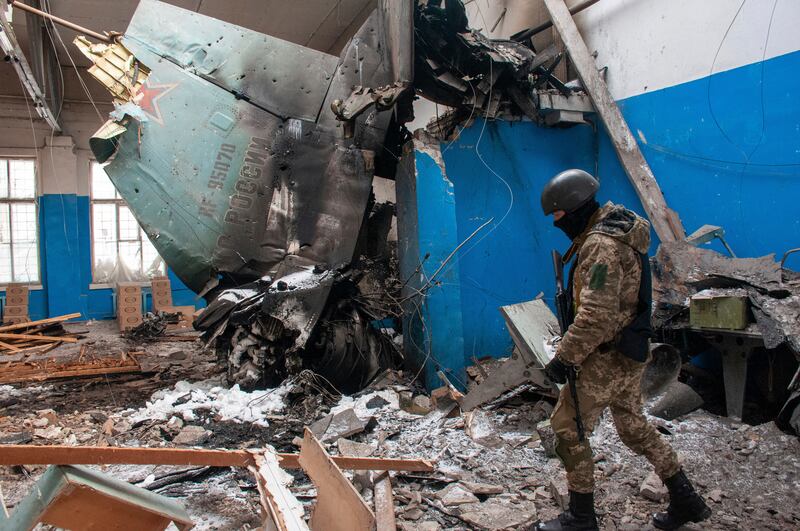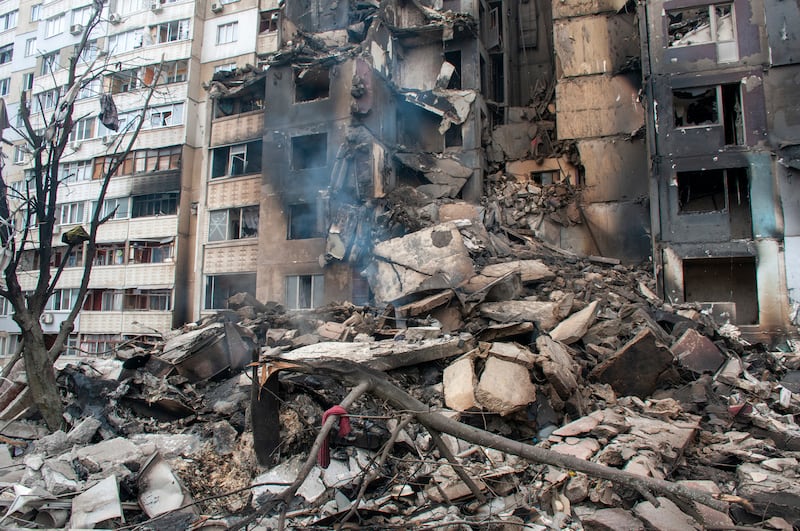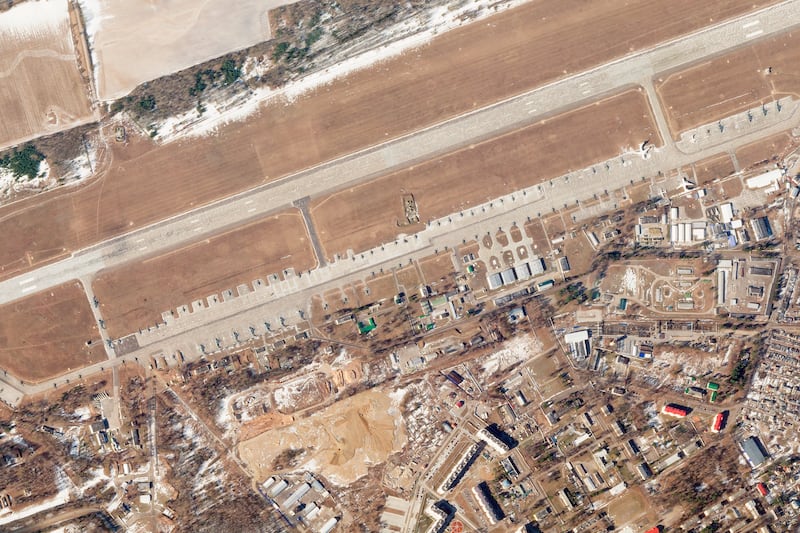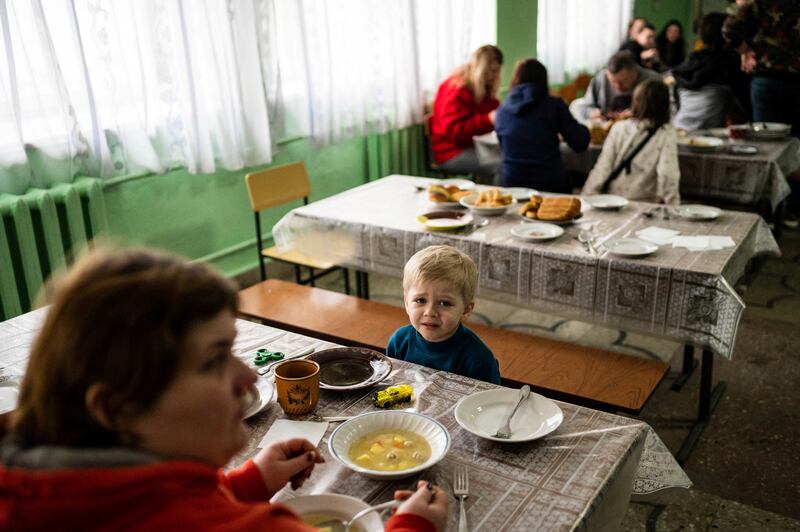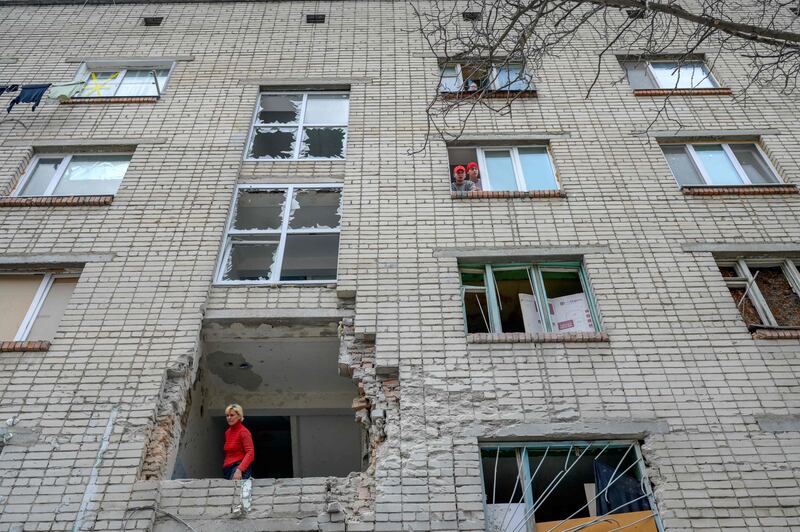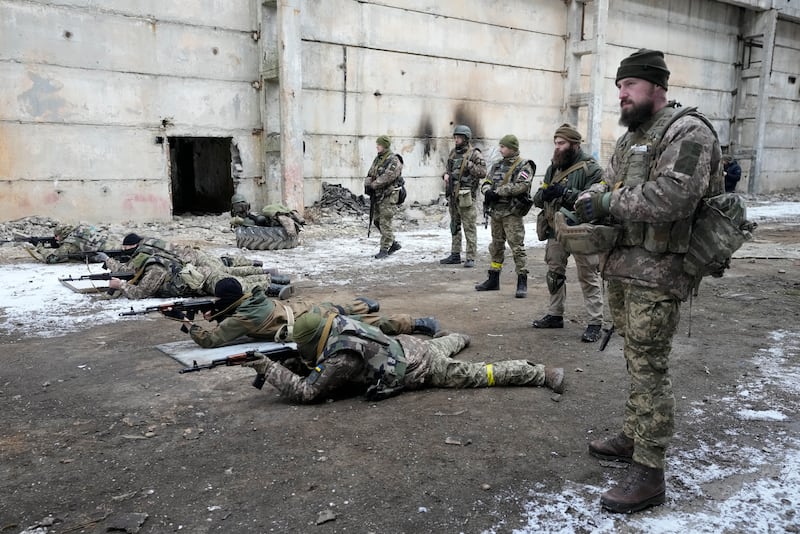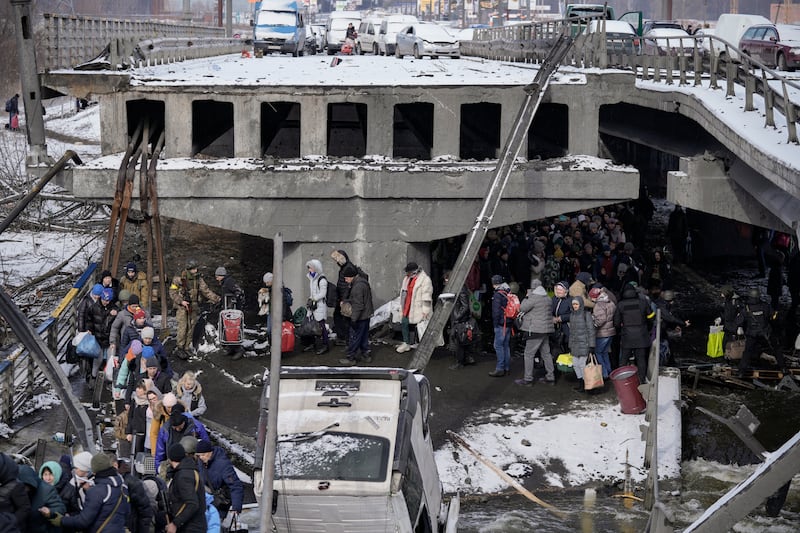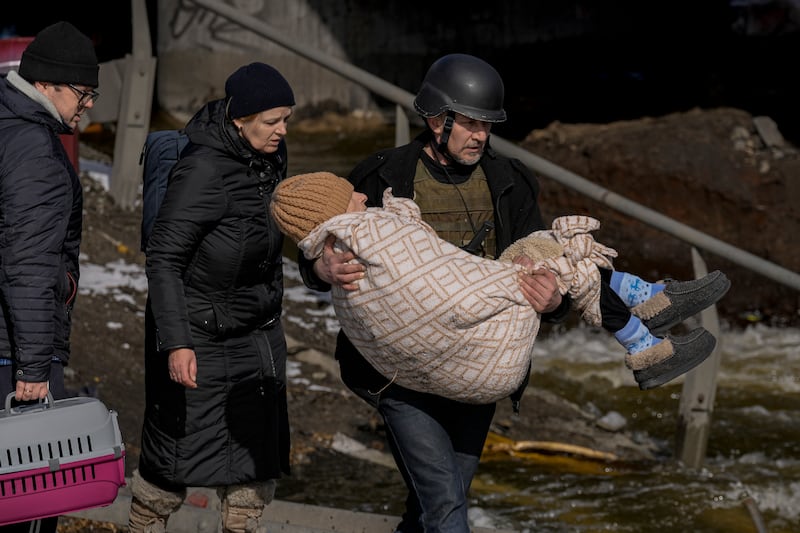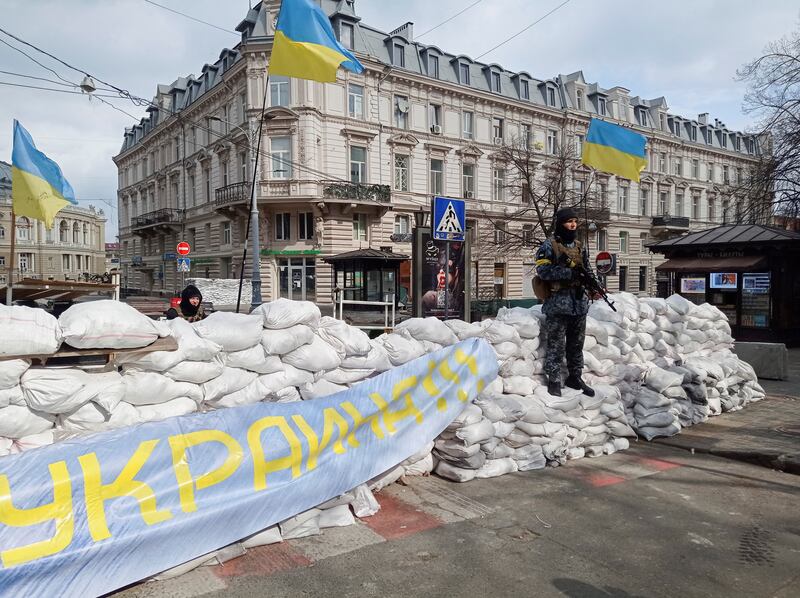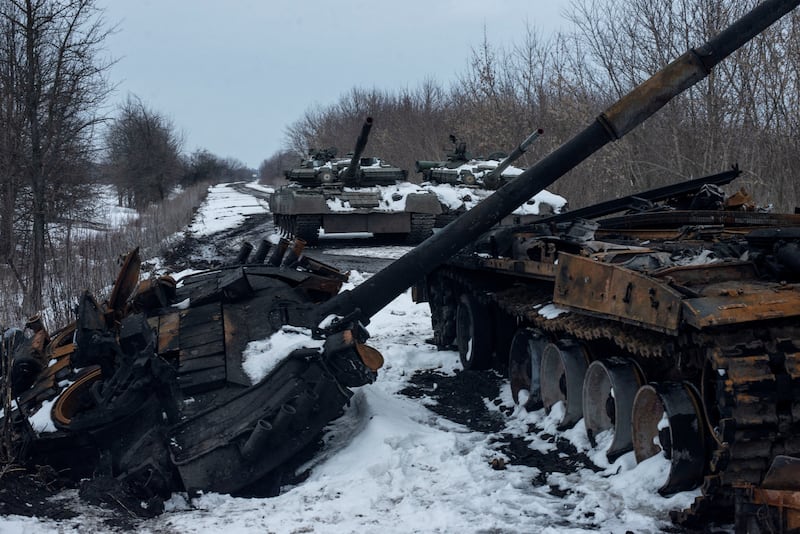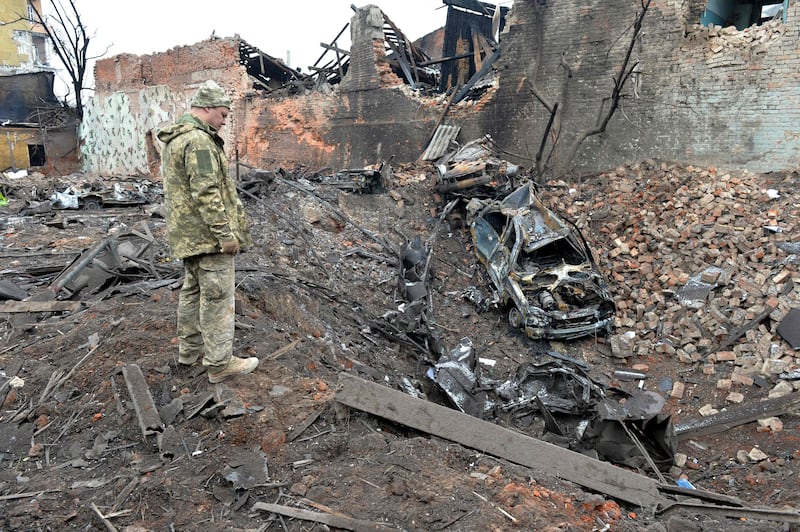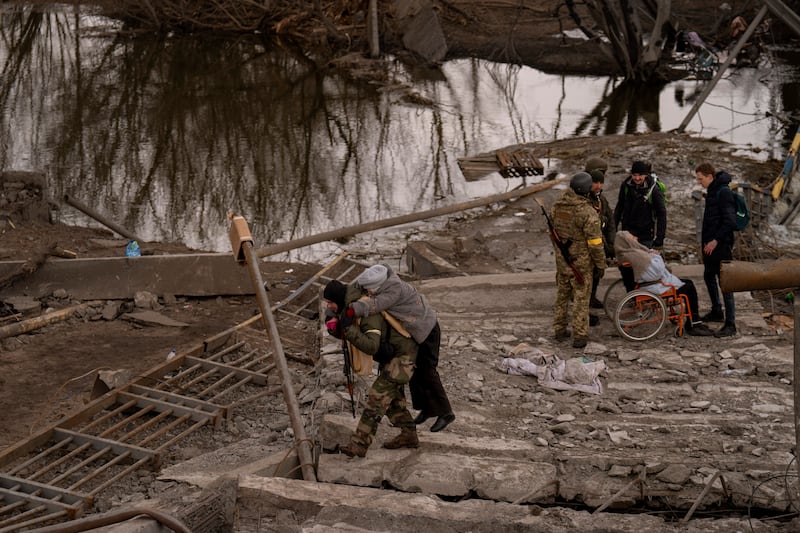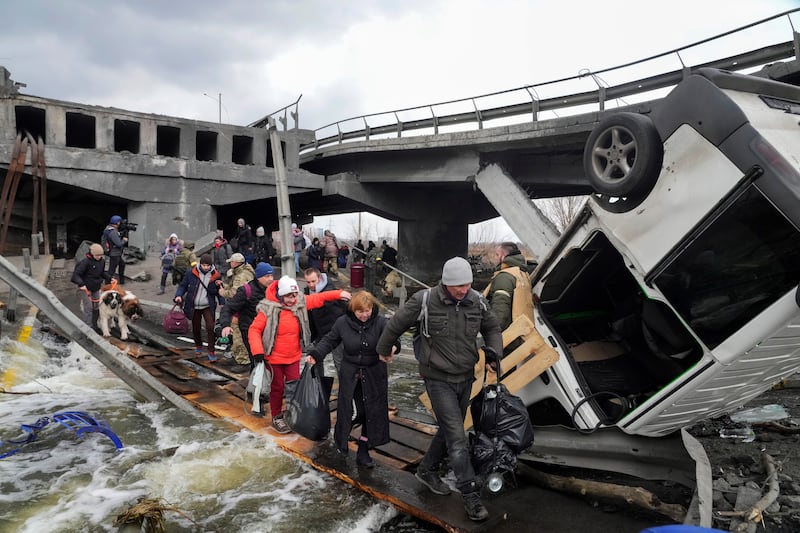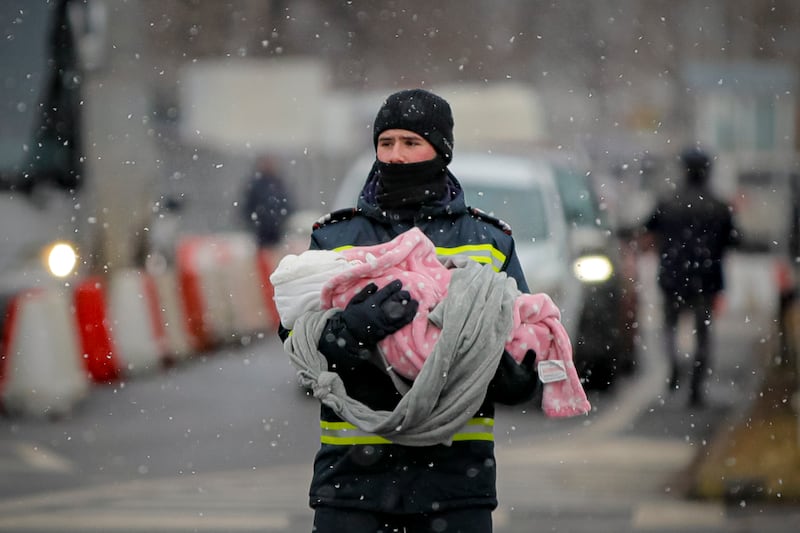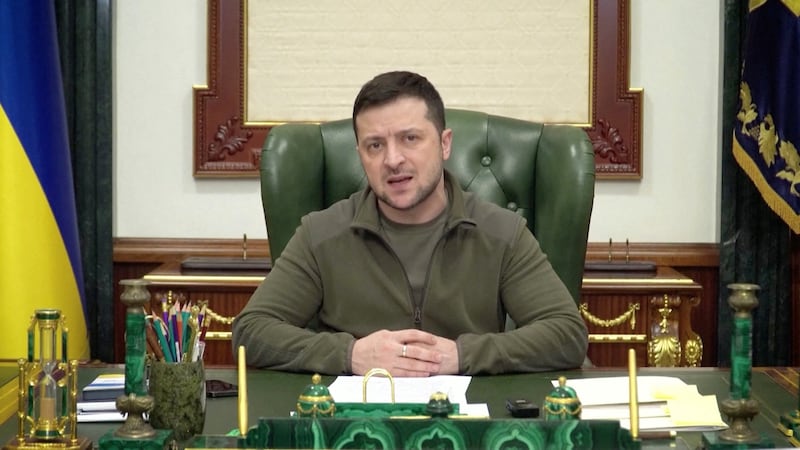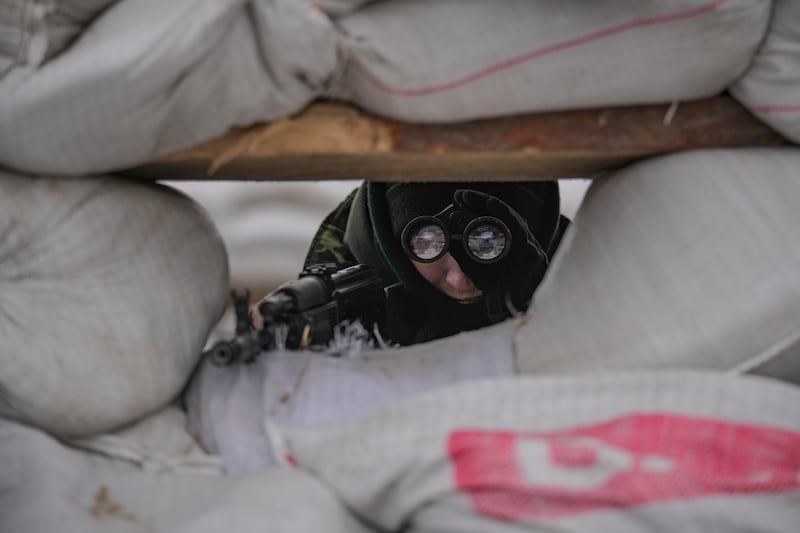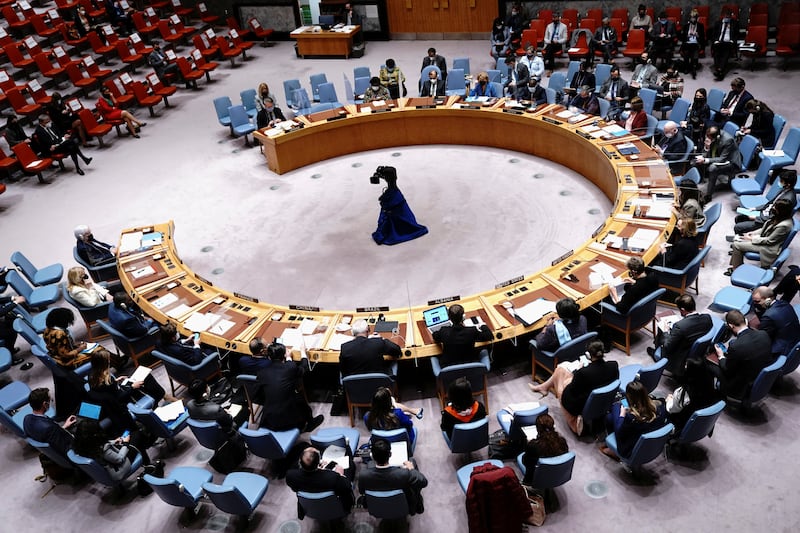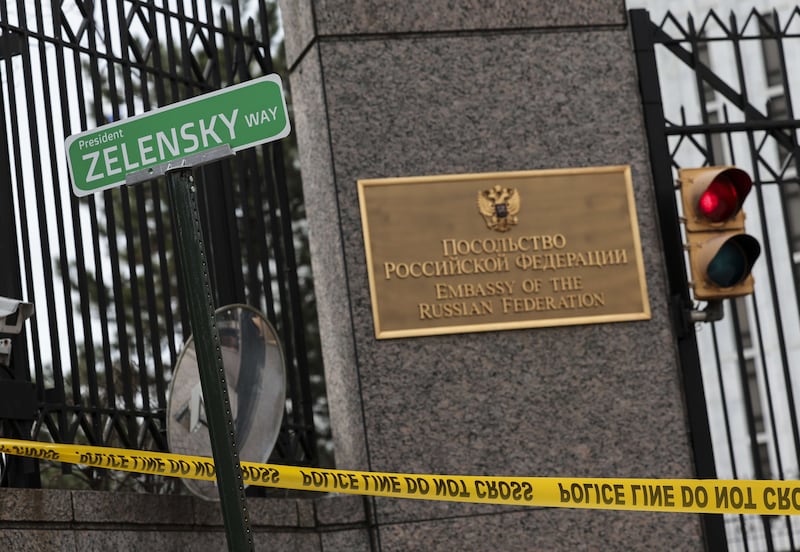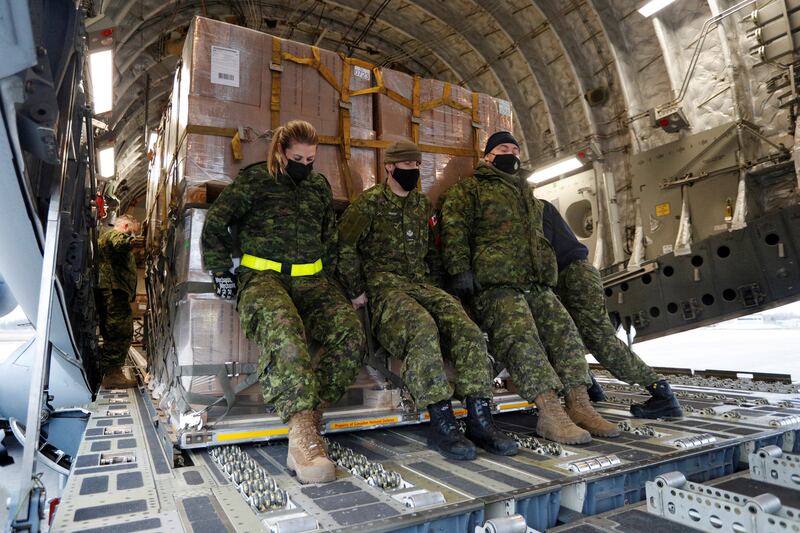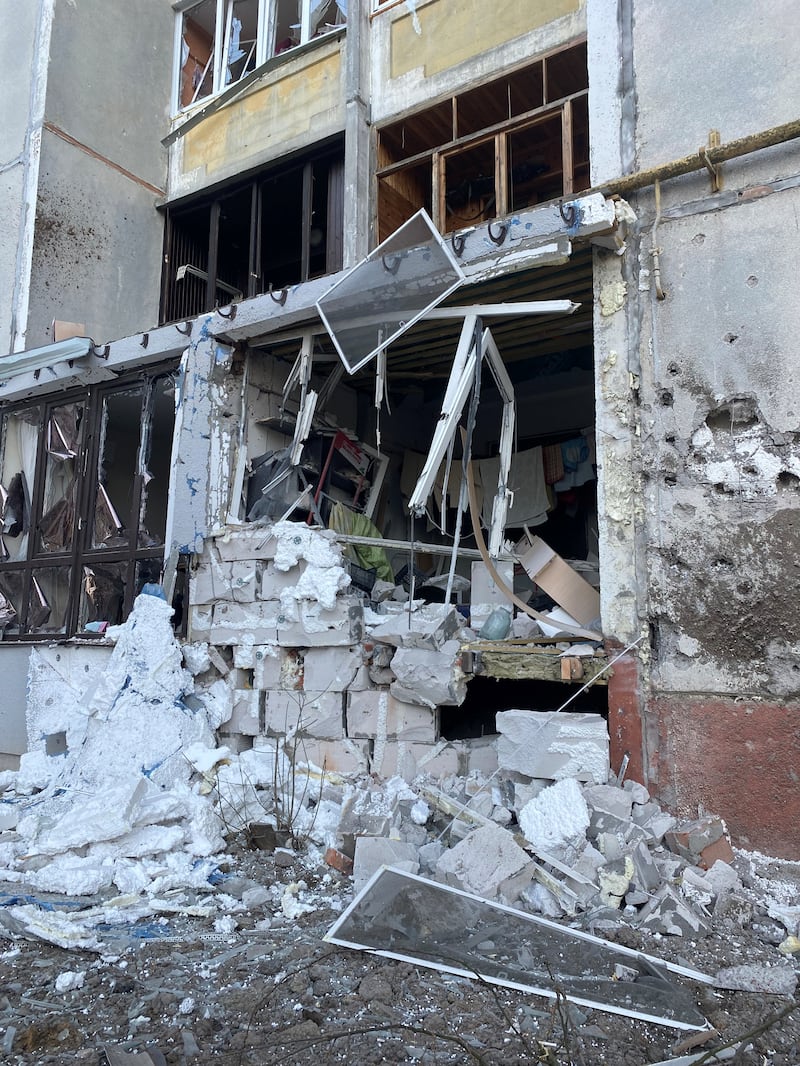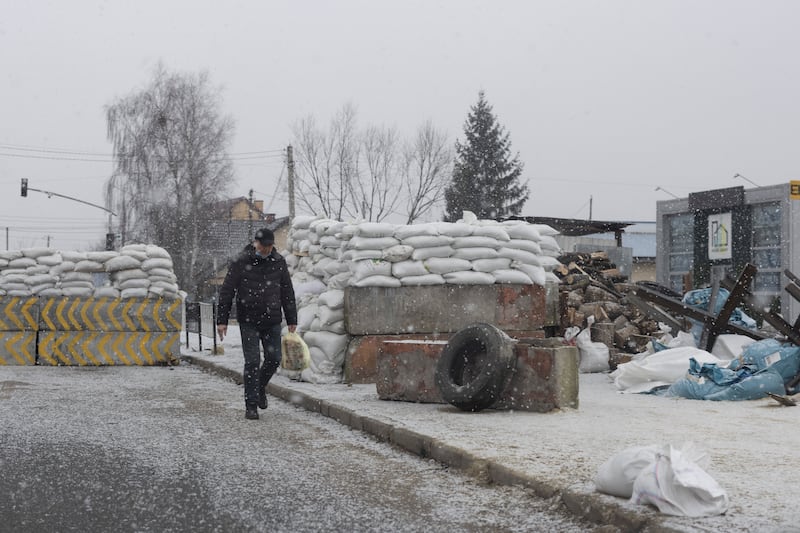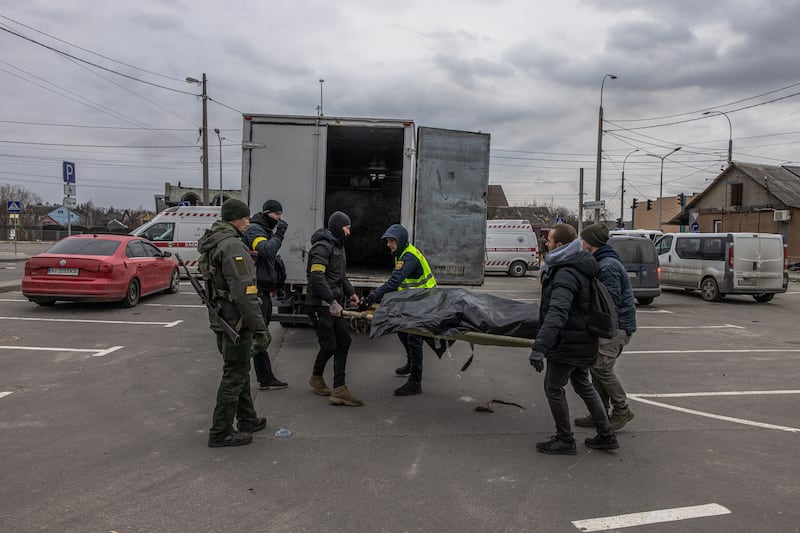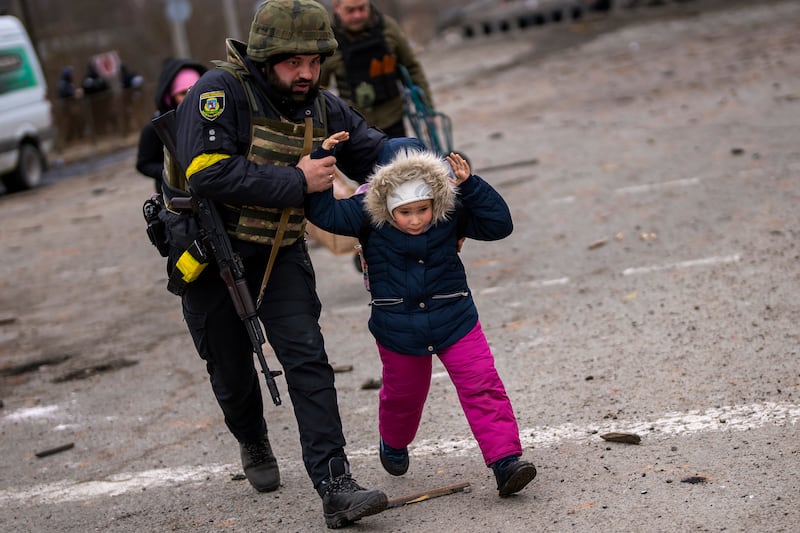Live updates: follow the latest news on Russia-Ukraine
A deal for Poland to supply its fleet of 28 Mig-29 fighter jets to Ukraine through a US air force base in Europe is on hold after the US said the deal was “not tenable.”
The question on many people's lips – will 28 additional Mig-29s make a difference to Ukraine's beleaguered air force?
Even before considering the dynamics of the air war, the deal is fraught with complexity. Russia says that any countries attempting to send fighter jets into the Ukraine war would be considered hostile and, potentially, subject to attack.
Poland made the offer on Tuesday, suggesting that the jets could be sent through Ramstein Air Base in southern Germany. Poland had wanted the US to send F-16 fighter jets to replace the Migs, which the US would then send to Ukraine.
The US F-16s, even used, would be better than Poland's Migs. They are also used by US allies, including Taiwan and Iraq.
"The authorities of the Republic of Poland, after consultations between the president and the government, are ready to deploy – immediately and free of charge – all their Mig-29 jets to the Ramstein Air Base and place them at the disposal of the government of the United States of America,” a Polish Foreign Ministry statement said.
Ukraine had about 125 combat aircraft at the start of the conflict, but many are nearing obsolescence – its Mig-29s are 30 years old, for example.
There are questions about Poland's fleet of Mig-29s as it fleet was briefly grounded after a series of accidents.
But as the mainstay of Ukraine's Air Force, any replacement Migs could in theory be operational quickly, because the aircraft are familiar to ground crews and pilots.
The deal "raises serious concerns for the entire Nato alliance", said Pentagon spokesman John Kirby.
He questioned the rationale for the deal, which critics said was logistically challenging, aside from the risk of starting a Russia-Nato conflict.
"We do not believe Poland’s proposal is a tenable one,” he said, before conceding that the US could revisit a revised deal at a later date.
Ukraine's Mig-29s
Many analysts said that because Ukraine’s air force is heavily outnumbered, even an additional 28 Migs would have a tough job surviving the fight.
Russia is thought to have about 300 modern fighter and multi-role aircraft that can reach Ukraine’s airspace, such as the SU-35, which entered service in 2014.
By comparison, the Mig-29 entered service in 1982. Most Russian Mig-29s have been retired and those still in service are used in a defensive role.
The successful delivery of Polish Mig-29s is also in doubt as Russia sends more cruise missiles and Iskander short-range ballistic missiles to the battle zone.
Those have been used to deadly effect against airfields – “stand-off” weapons that can be used and which reduce the need for Russian air attacks.
In addition to taking some losses in the air, Ukraine’s runways were bombed by Russia, putting bases out of action.
Despite the odds, Ukraine’s air force has surprised observers by staying operational 13 days into the invasion, when most analysts thought it would quickly be finished off by overwhelming force.
As long as that remains the case, calls for countries to send replacement jets are likely to continue. More likely, continued supplies of surface-to-air missiles, such as the Stinger, will continue in an ongoing effort to protect ground forces from air attack that is logistically more feasible.
